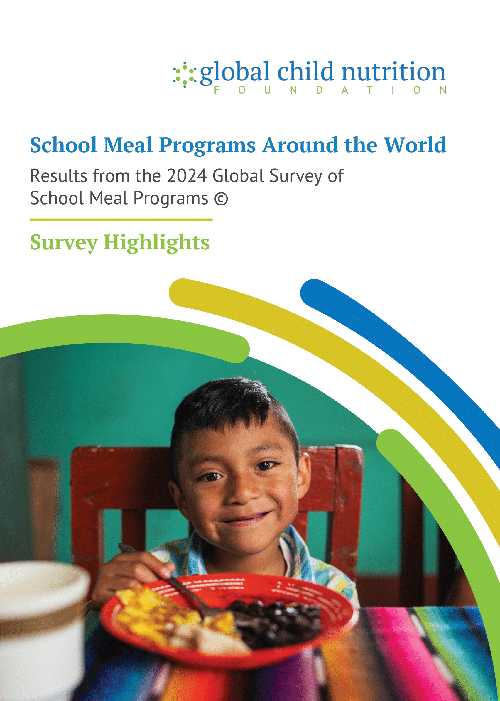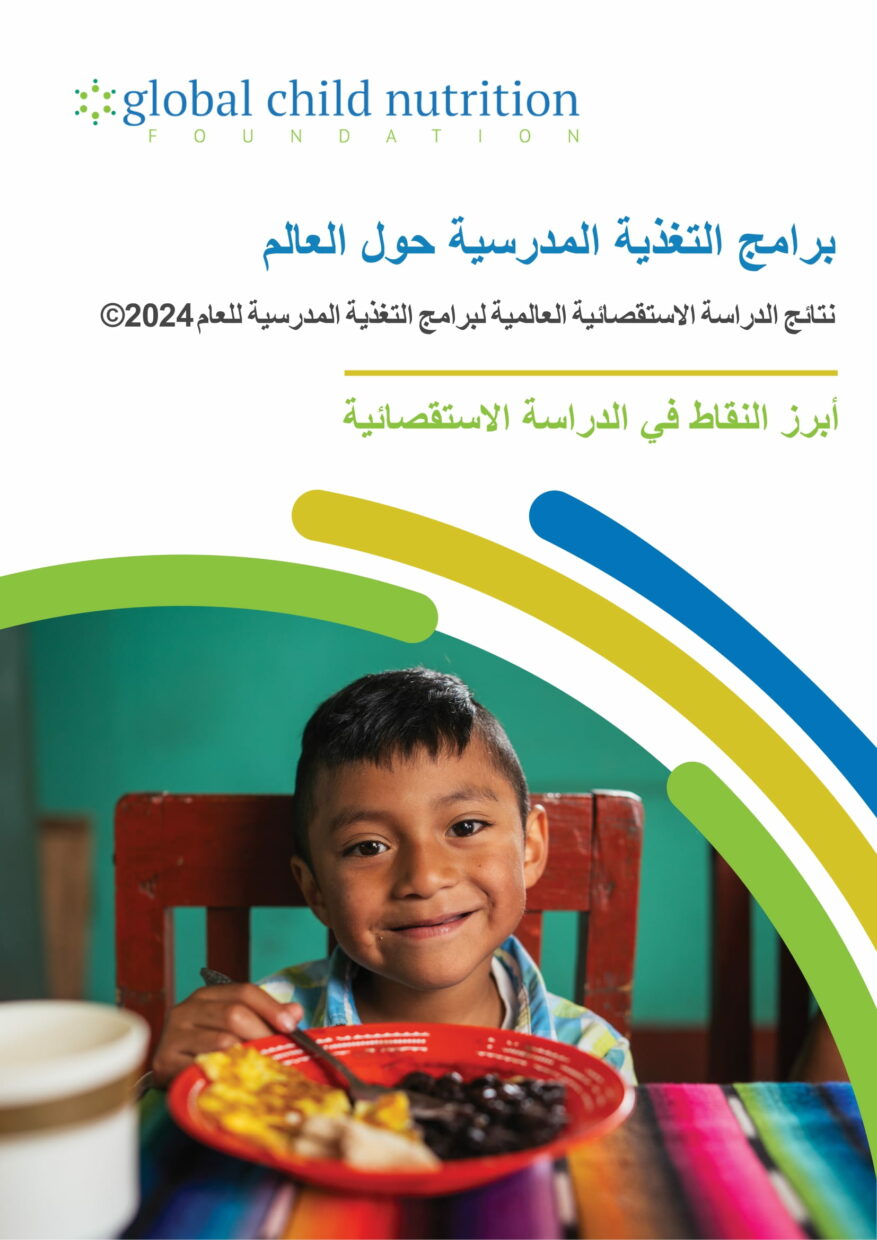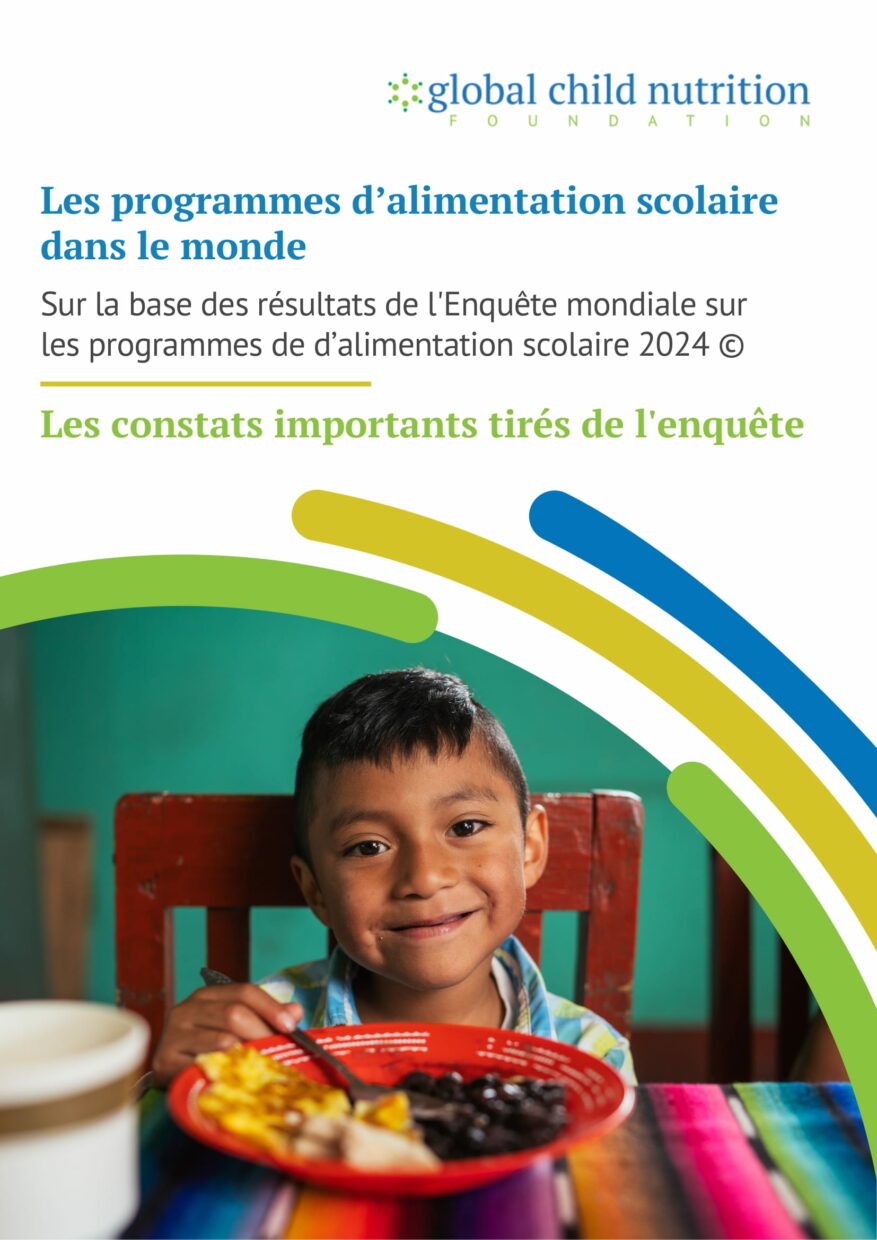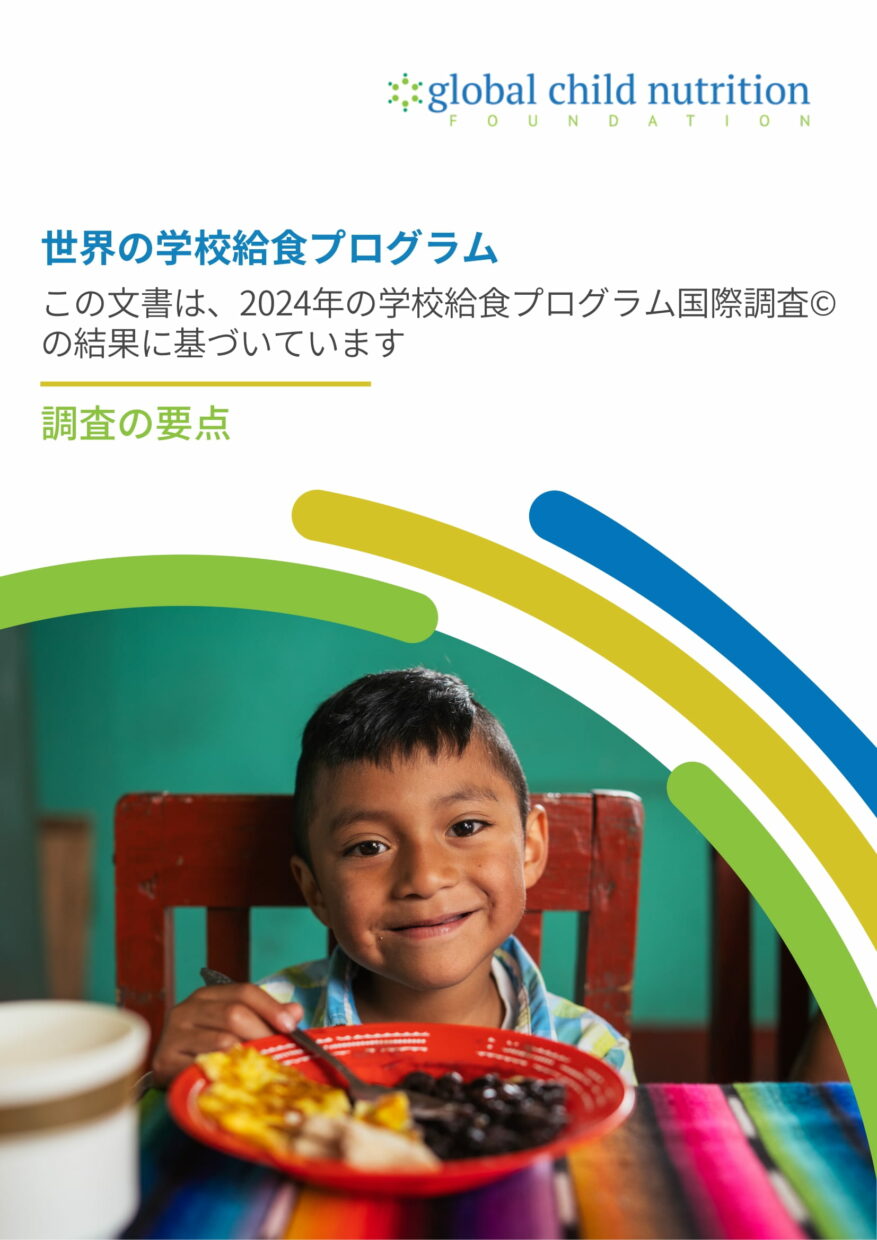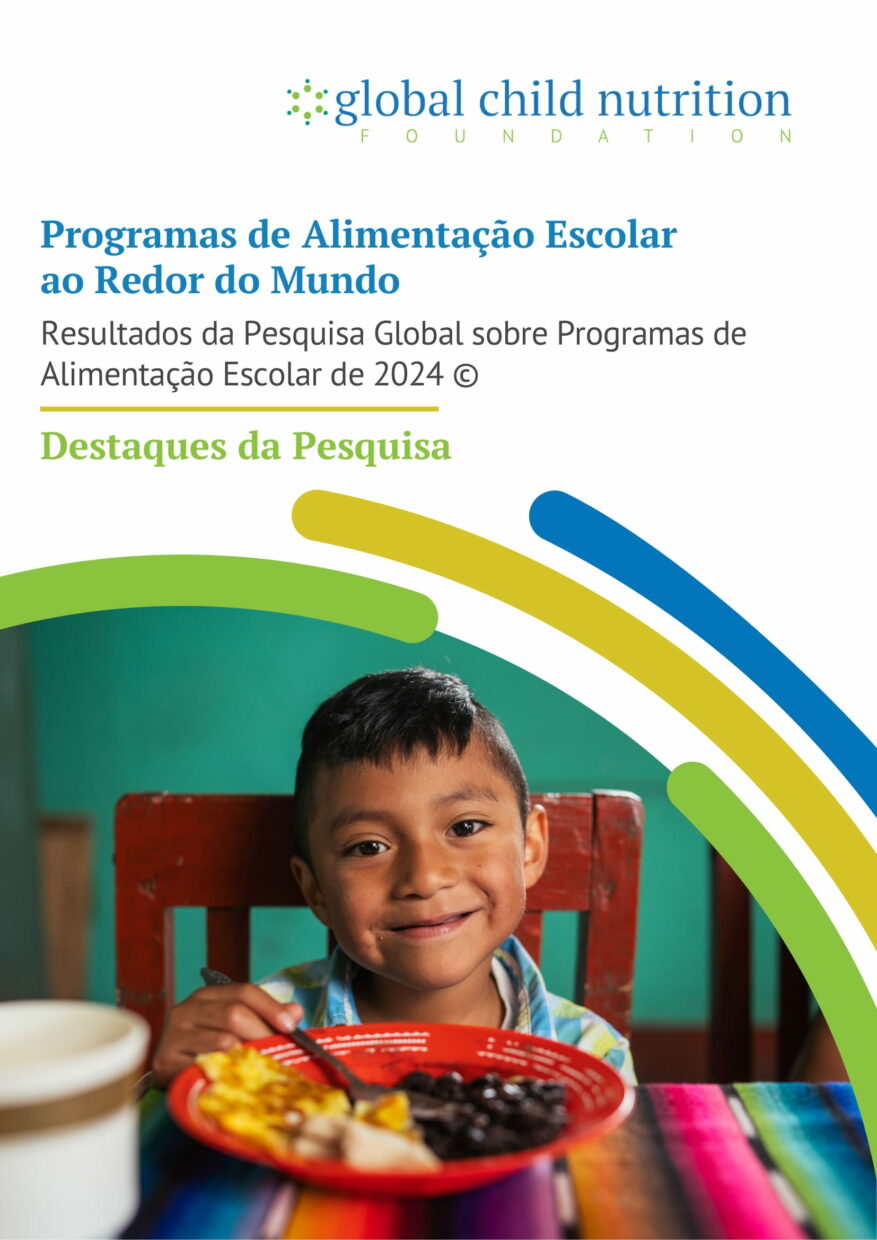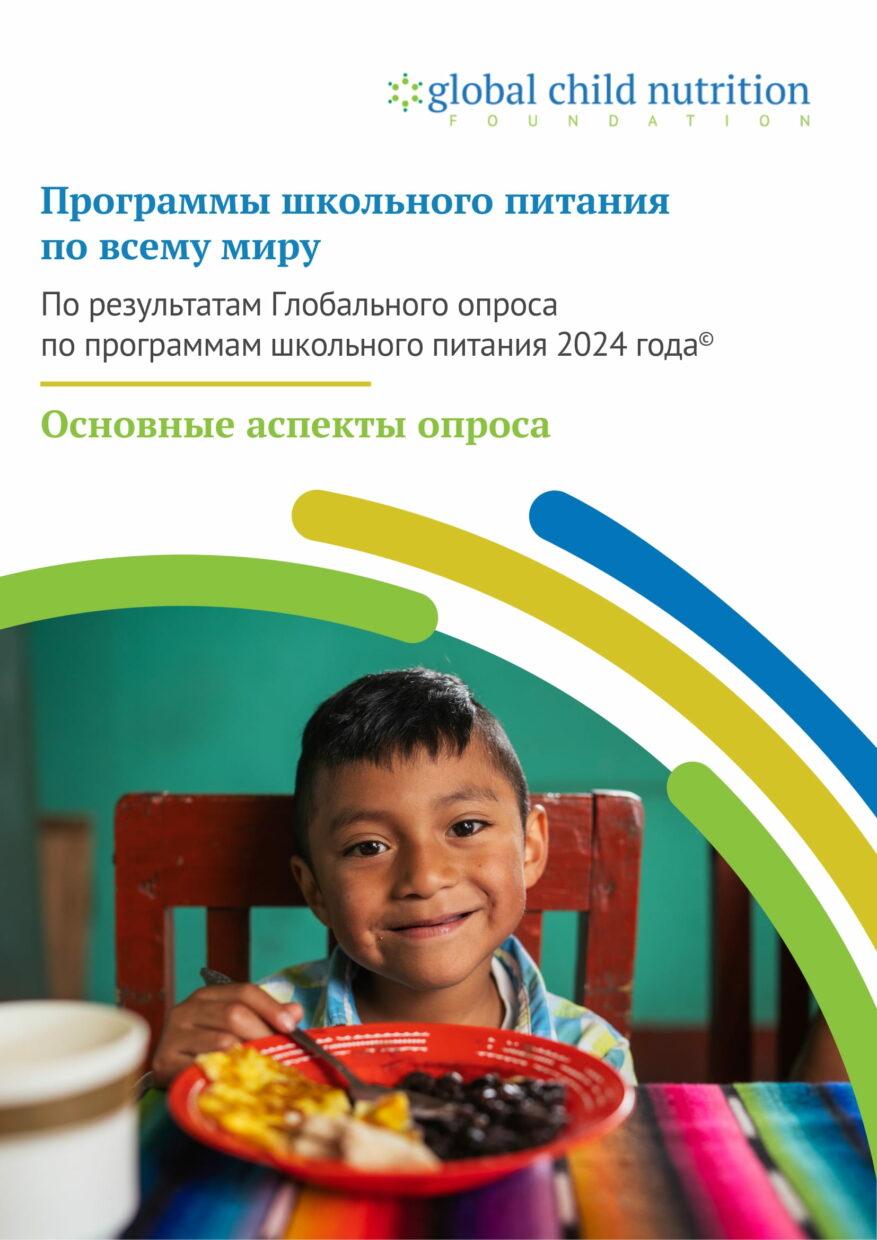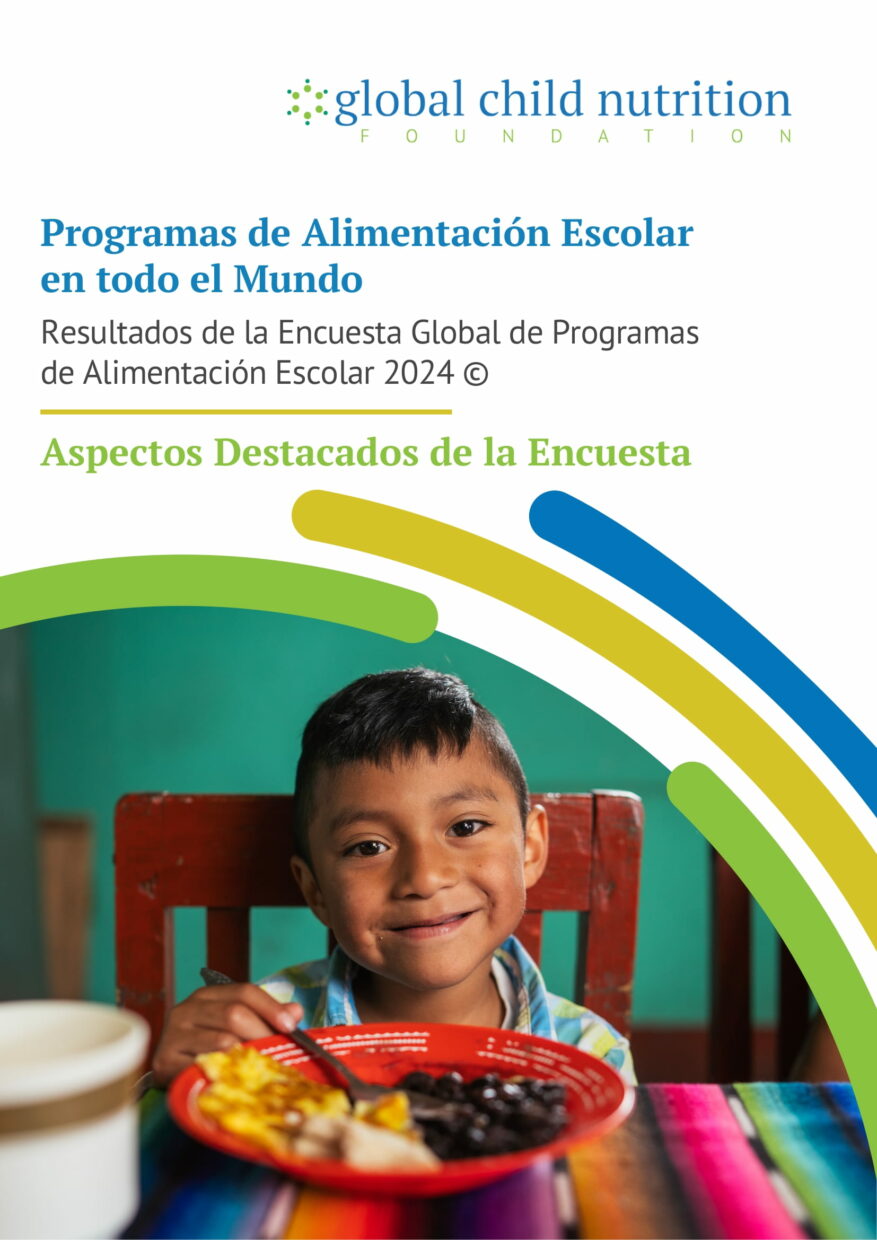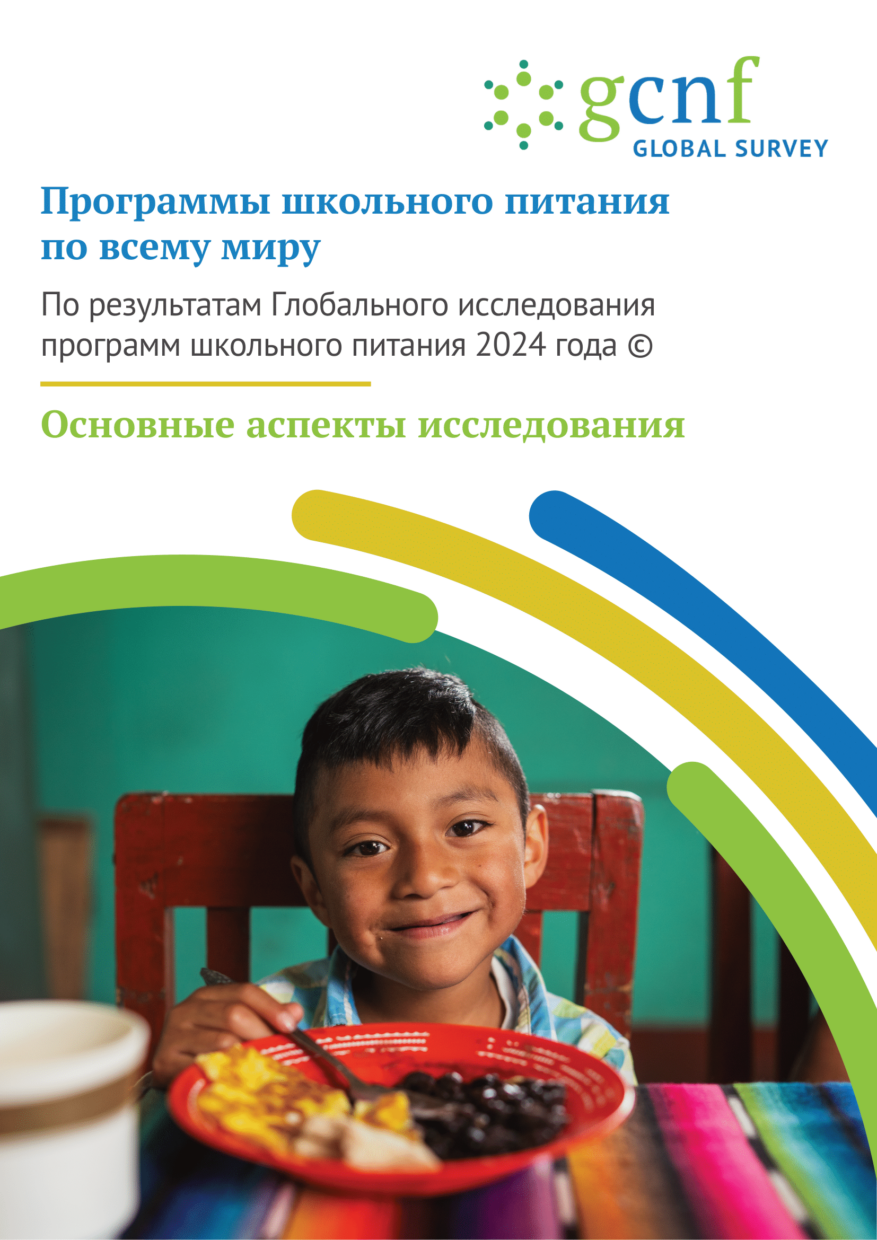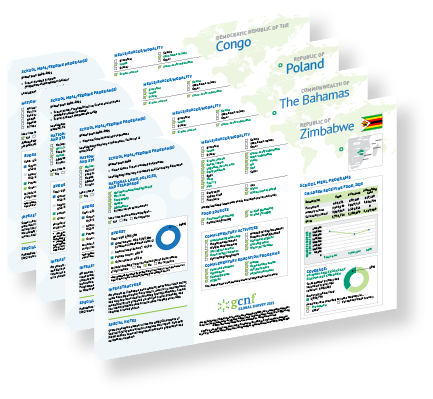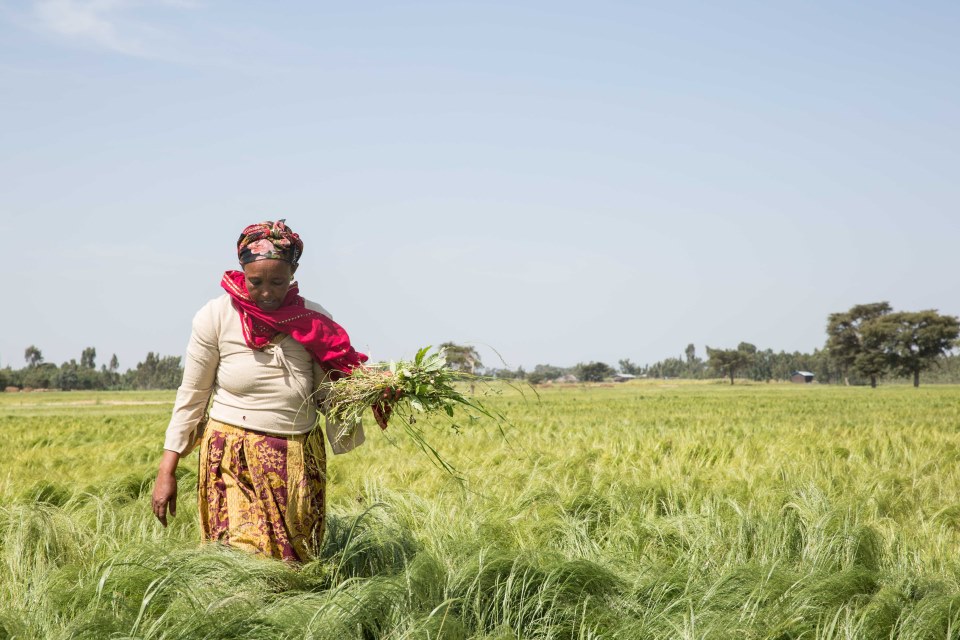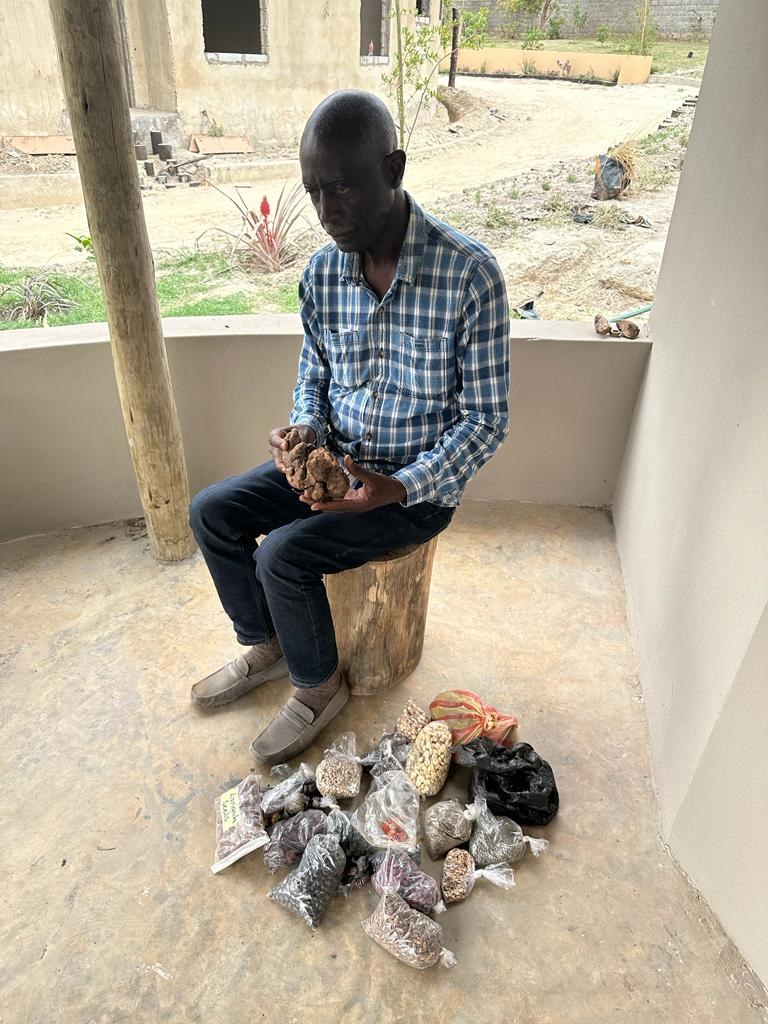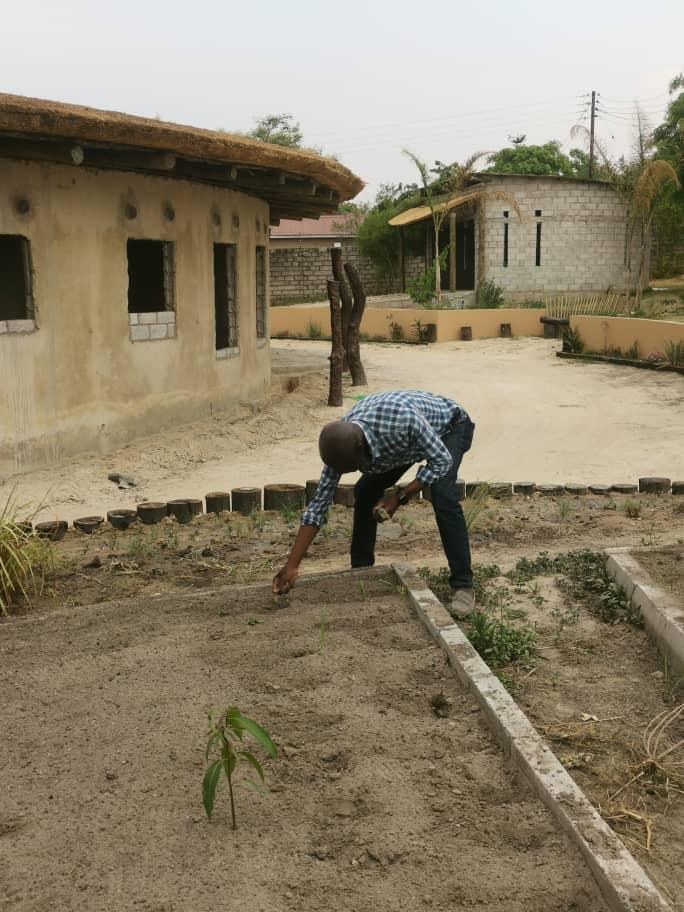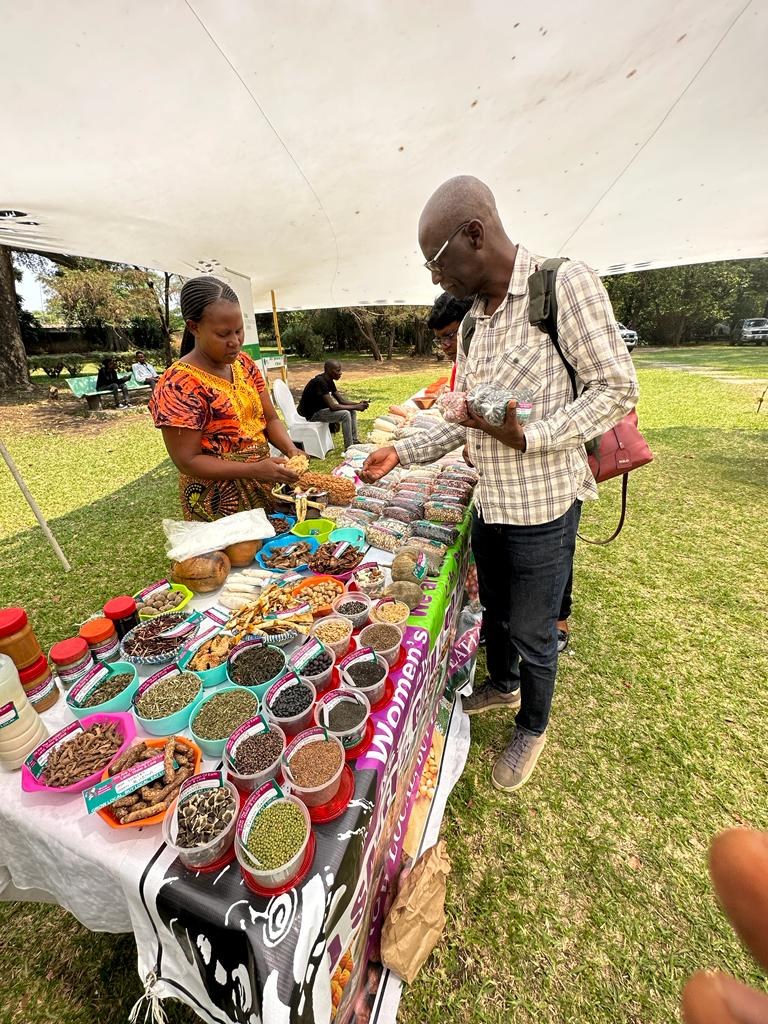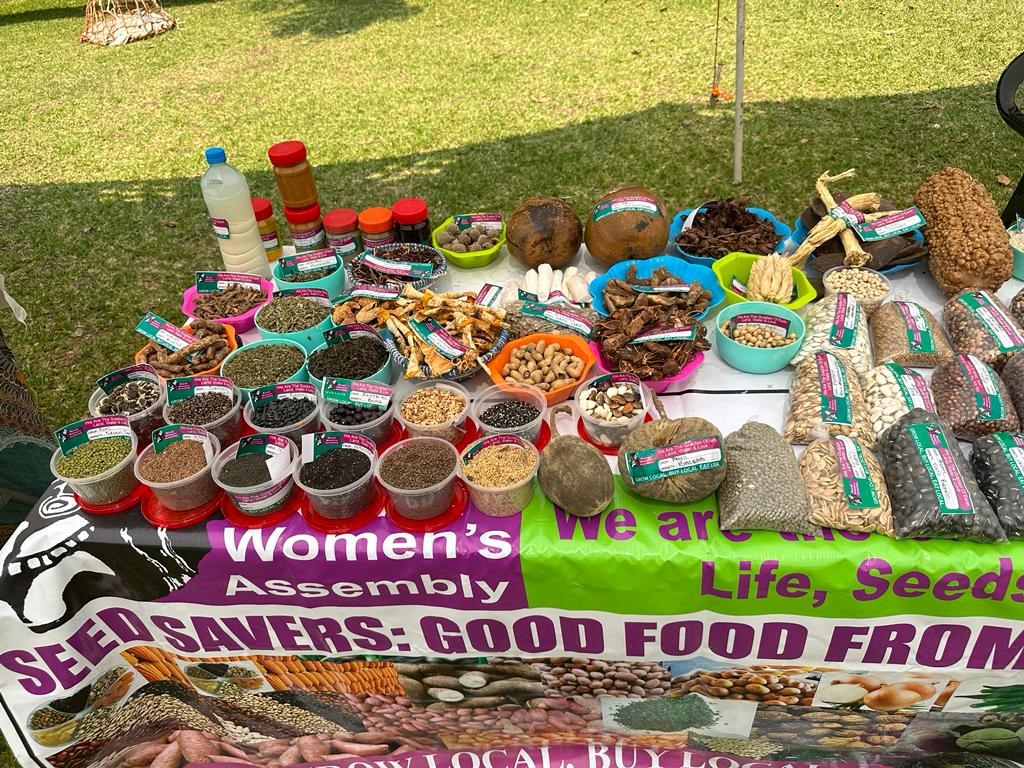School Meal Programs Around the World
The School Meal Programs Around the World report presents the results of the Global Survey of School Meal Programs ©.
Explore reports from the 2024, 2021, and 2019 survey rounds.


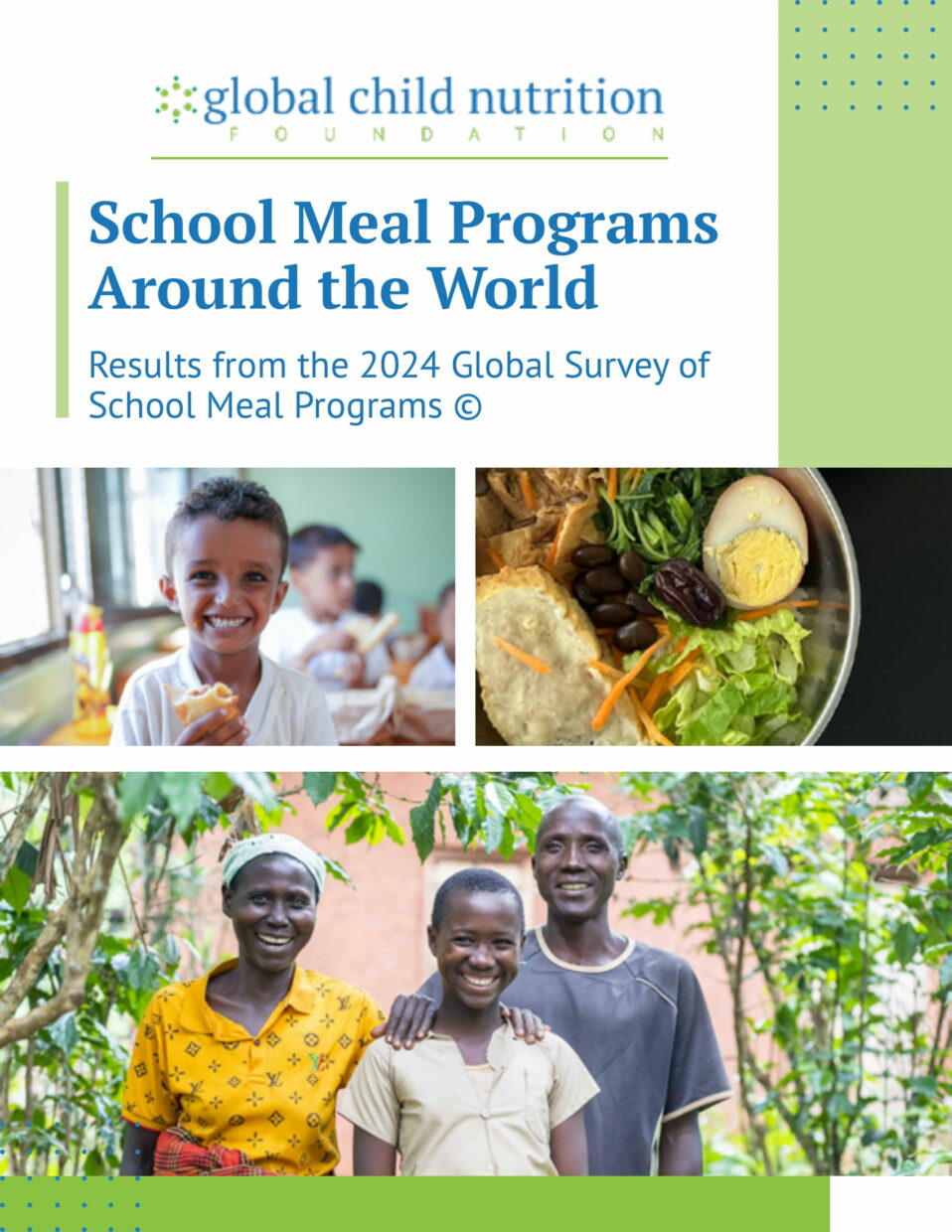
School Meal Programs Around the World
Results from the 2024 Global Survey of School Meal Programs ©
The third round of the Global Survey of School Meal Programs © was conducted by the Global Child Nutrition Foundation (GCNF) in 2024, gathering information on the school year beginning in 2022. The survey saw participation from 142 countries and collected detailed data on 207 large-scale school meal programs. Survey results are presented in the School Meal Programs Around the World report and summarized in the Survey Highlights.
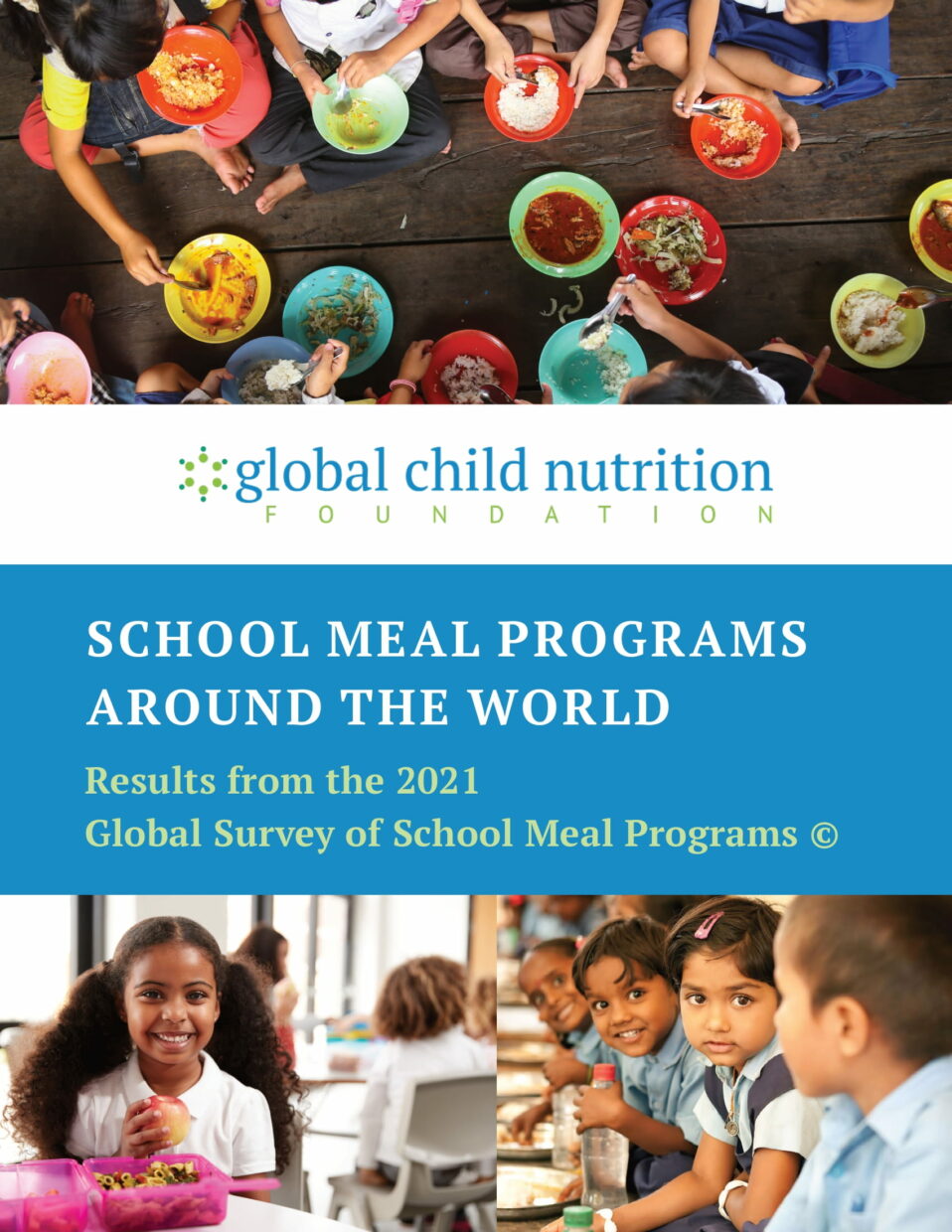
School Meal Programs Around the World
Results from the 2021 Global Survey of School Meal Programs ©
Covering 139 countries, of which 125 had large-scale school feeding, the 2nd edition of School Meal Programs Around the World presents the results of GCNF’s second Global Survey of School Meal Programs ©, conducted from July 2021 through March 2022.
We created these executive summaries to give you a quick understanding of the global reports. Learn about school feeding worldwide in English, French, Portuguese or Spanish.
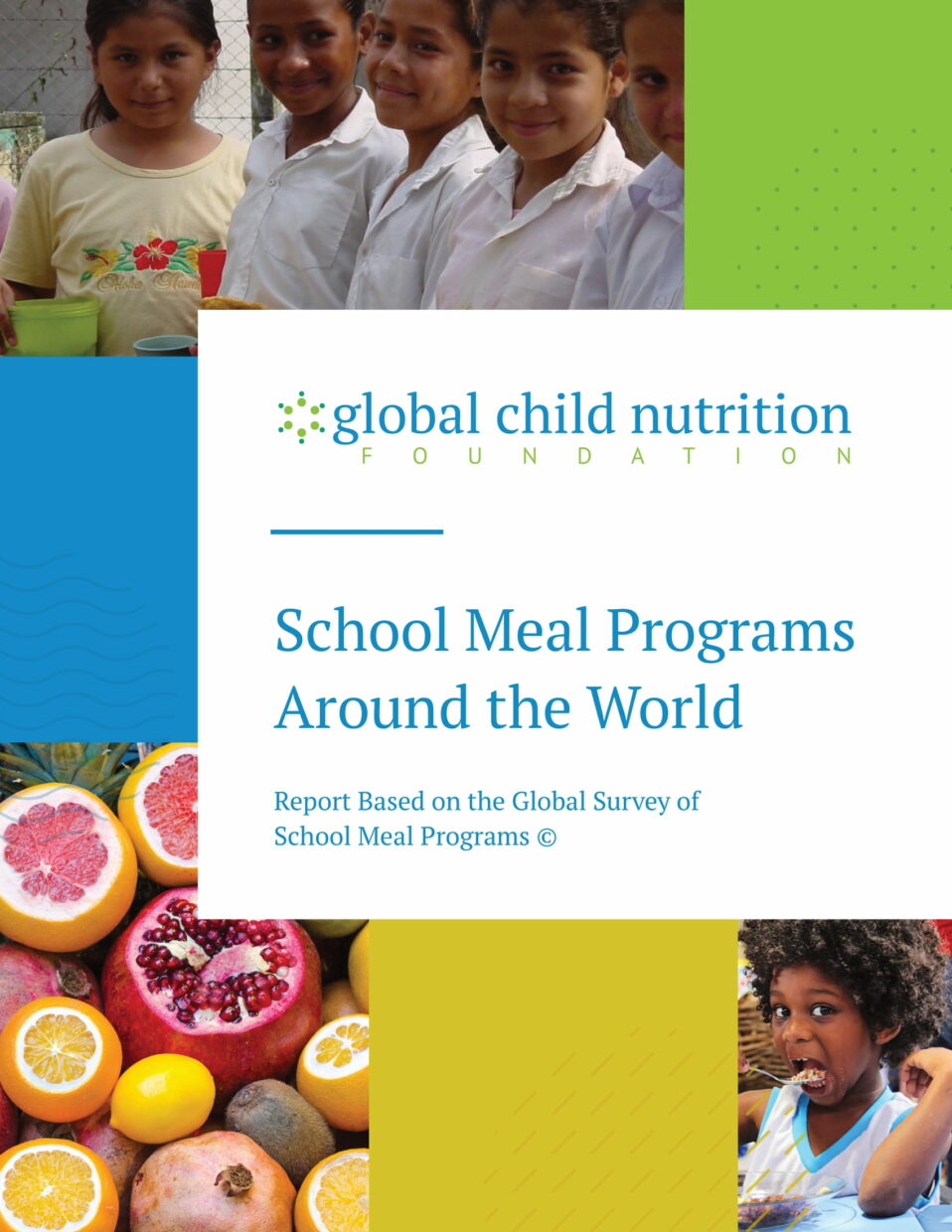
School Meal Programs Around the World
Results from the 2019 Global Survey of School Meal Programs ©
The first-ever School Meal Programs Around the World report shares the global results from the inaugural year of the Global Survey of School Meal Programs ©.

The Global Survey of School Meal Programs © aims to strengthen the work of the global school meal network by developing a comprehensive description of all the core aspects of large-scale school meal programs around the world. The Global Child Nutrition Foundation conducted the first survey in 2019, and will repeat it every two to three years thereafter.
The survey asks a standard set of questions to develop a baseline database on the current state of school feeding programs in all countries of the world, including those with no school feeding activities. The following global report explores the 2019 survey’s findings chapter-by-chapter.
The Global Survey of School Meal Programs © is Supported in Part By:


